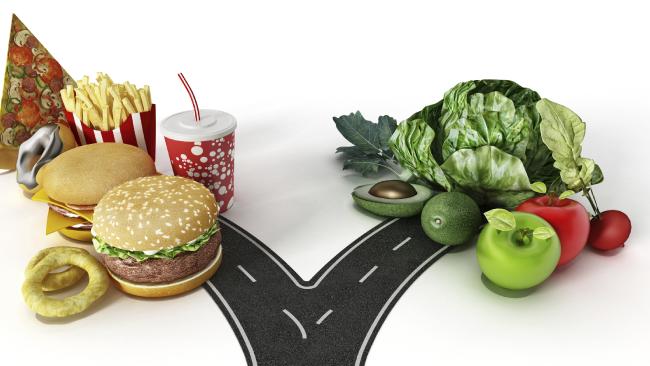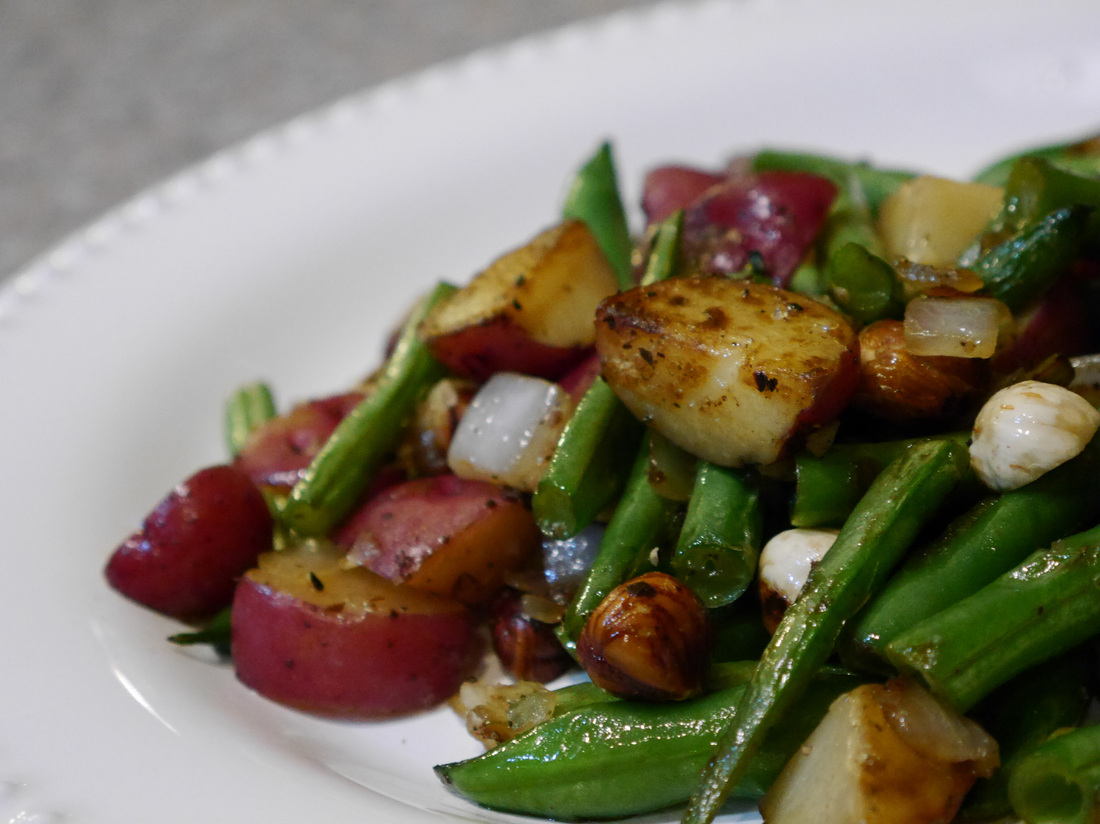Let’s be honest though. What percentage of the time do you opt for the eating out over the eating in? Probably more often than you’d like to admit. Convenience? Sure, it’s convenient...but at what cost? What are they actually putting in your food when you eat out? Even if it’s “healthy,” chances are you have no idea. Let’s discuss the implications of your decision.
In my financial advising meetings, the most commonly underestimated expense is the one associated with eating out. It’s also one of the first budgetary items that is reduced when people are wanting to save money. Why? Because when you go to a restaurant, you’re not just paying a mark-up that is typically THREE times what the food cost is, you are also paying applicable sales tax (that’s 8.25% here in Texas) and you’re tipping 15-20%’ish. If you buy a dessert or alcoholic beverage, now you’re starting to really hit your wallet hard. How about an example with numbers?
You order an eight ounce pork chop with green beans and roasted new potatoes. That's relatively healthy, but let’s say the cost is $15 at a restaurant. You order an iced tea for $2. You’re taxed 8.25% and you leave a 20% tip on the total bill with food and tax included. Your total cost for one meal is just over $22.00. Instead, you could make my pork chop with cherry sauce and the green beans with new potatoes and hazelnuts at a cost of approximately $3 for the pork chop/cherries and approximately $2 for the green beans and potatoes. You can make a whole pot of high quality tea for 50 cents or less.
It’s also important to note that in most states there is no tax on edible groceries. There are some exceptions for processed food items, but fresh produce/meat/etcetera isn’t taxed (at least here in Texas). So you’re already paying the standard THREE TIMES the food cost PLUS an obligatory 8.25% sales tax PLUS a 15-20% convenience charge for service. Or you can just pay the price of the ingredients without any tax and pocket the rest.
Health Cost
As time goes on, it becomes a habit to hit your favorite place once, twice, or maybe three times a month (or once/twice/thrice a week, if you’re really stuck on it). Do you know exactly what’s in what you’re eating? I would venture a guess that you don’t. Think of it this way – the restaurant’s goal is to get you to come back as a repeat customer, and they’re willing to put any addictive ingredient necessary into the food to make you crave it and come back for more. Butter, sugar, salt, cream, and cheese...do they taste good? Oh yeah, of course. Problem is that you have no control over how much of each is going into your body and you’re well aware of the fact that the restaurant isn’t too awful concerned about that particular aspect. Again, they want to create a craving and, consequently, a repeat customer. Many restaurants are doing so at the expense of your health.
Most chain-type restaurants have their nutrition facts listed on their website or you can find them on My Fitness Pal (this is what I use for nutrition facts on my recipes on this website). Check out the ones that you frequent regularly and determine if maybe it’d be advisable to cut back on the number of visits you make each month for the sake of your health.
Conclusion
Eating out is expensive...when it comes to your wallet and to your health. If you’ve been wanting to cut spending or drop a few pounds, consider taking a closer look at the number of restaurant visits you make per month, how much you spend per trip, and the nutritional value of the common items you’re ordering. That could be the culprit and what is standing between you and your sound physical and fiscal health.
Additional Notes
1. I love eating out and have had to cut back on it because of the above reasons. Sometimes there is no other option (you’re traveling, it’s late, or you’re literally overloaded and don’t have time to mess with cooking/cleaning up), but try to choose the healthy option if you have to do this often.
2. Some ways to eat healthier at a restaurant: choose salads with vinaigrettes instead of creamy dressings, stick with lean proteins (chicken breast/turkey/pork chop/fish/seafood), ask for olive oil instead of butter, avoid items with excessive amounts of cheese, order vegetables that are grilled or steamed, limit your bread intake, stay away from fried items (yes, a fried vegetable is bad for you), and skip the dessert.
3. If you’re eating healthily at home most of the time, working out consistently, and you’re using a restaurant visit as an occasional “cheat” meal, then I’d actually encourage this if it makes sense within your budget. Don’t perceive this as the Fiscally Fit Foodie giving the go-ahead to eat out whenever you feel like it, but once in a while is fine if you can afford it.
4. If possible, when eating out, do a little research on the sourcing of the restaurant...or ask them on site where their product is sourced from. Local produce, meats, and other ingredients are likely fresher, higher quality (road less traveled, literally), and you’re also supporting the local community.
5. Lunches are often overlooked. You may be spending $10-$12 (or more) on a lunch every day and think nothing of it. A grilled chicken salad with a vinaigrette is healthy, but if you’re paying $12 a day for it and you’re doing it five days a week...$60/week or over $3000/year on your lunches...scary. This may not be a lot for you, so obviously it’s situational, but it is something to keep in mind when you’re planning your lunches for the week.




 RSS Feed
RSS Feed